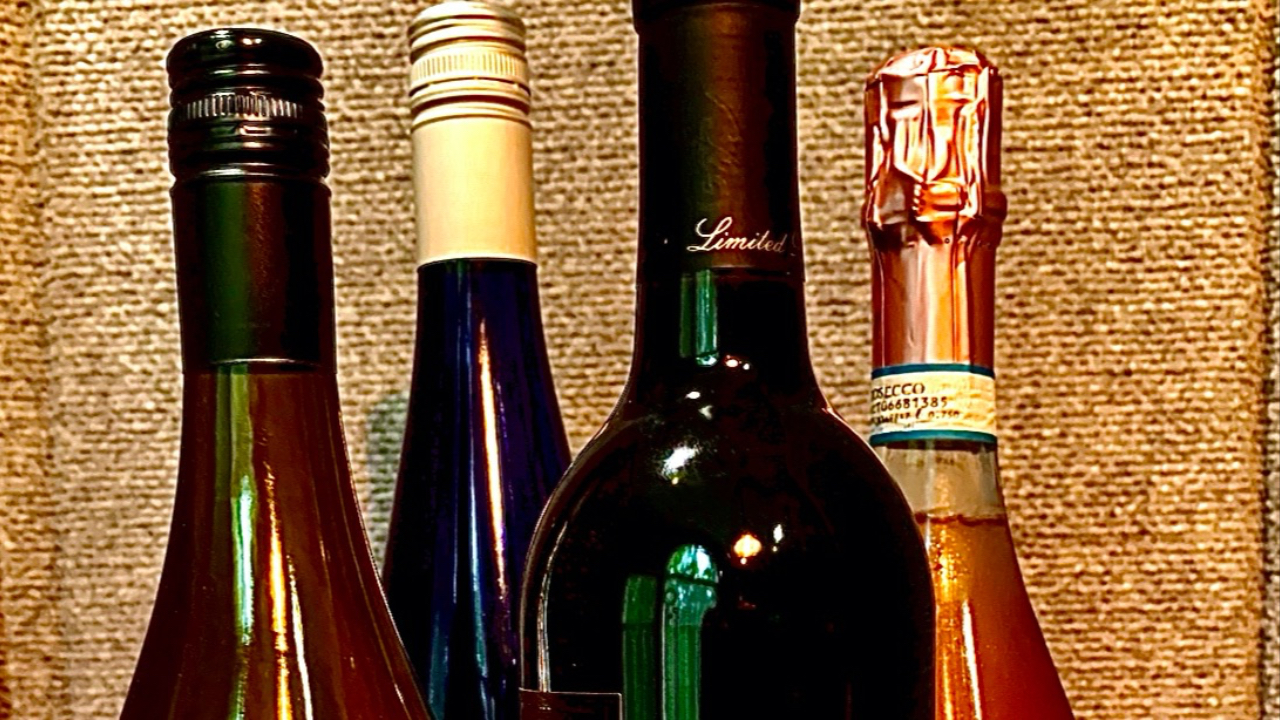What Does the Shape and Color of a Wine Bottle Say to Us
Aug 15, 2023
Introduction to the Shape and Color of a Wine Bottle
Wine, a beverage celebrated for centuries, not only captivates our senses through taste and aroma but also through the elegance of its packaging. The diverse shapes and colors of wine bottles hold more than just aesthetic appeal; they serve crucial purposes that impact the wine's preservation, aging potential, and even consumer experience. In this blog post, we unravel the secrets behind the purpose of different wine bottle shapes and colors, revealing the artistry and practicality that complement the world of wine.
Wine Bottle Shapes:
- Tradition and Regional Identity: Wine bottle shapes often carry cultural significance and historical connections to their origin regions. French Bordeaux wines, with their tall bottles and high shoulders, exemplify a tradition passed down through generations. Each region's distinctive bottle shape becomes an emblem of its winemaking heritage.
- Aging and Sediment Control: The shape of a wine bottle can influence how well the wine ages over time. Red wines, intended for aging, are typically bottled in Bordeaux-style bottles with straight sides and broad bases. This design aids in sediment settlement, ensuring a smoother decanting process as the wine matures.
- Sparkling Wine Resilience: Sparkling wines, like Champagne, require bottles capable of handling internal pressure. The thick-walled, punt-bottomed bottles are specifically designed to withstand the carbon dioxide produced during the secondary fermentation, keeping the bubbly delightfully effervescent.
- Marketing and Aesthetics: Wine bottle shapes are vital marketing tools, setting the stage for consumer perceptions. Sleek and modern bottles might appeal to contemporary audiences, while traditional shapes evoke a timeless charm, aligning with the wine's image.
Wine Bottle Color:
- Light Exposure and Aging: The color of wine bottles influences how much light reaches the wine. Dark-colored bottles, such as deep green or brown, shield the wine from harmful ultraviolet rays, which could cause premature aging and spoil its taste. This is especially crucial for wines meant to be aged for extended periods.
- Preservation of Aromas and Flavors: Light exposure can degrade the wine's delicate aromas and flavors. Colored bottles act as a protective shield, preserving the wine's integrity and ensuring a more enjoyable tasting experience.
- Tradition and Regional Practices: Some wine regions have long-standing traditions of using specific bottle colors. For instance, certain Italian wines are traditionally bottled in straw-covered flasks, known as "fiaschi," which are part of the wine's identity and regional charm.
Conclusion:
The allure of wine extends beyond the contents of the bottle; it encompasses the artistry and practicality of its packaging. Wine bottle shapes and colors serve crucial purposes, ranging from preserving wine quality, reflecting regional traditions, and enhancing the aging process to enticing consumers through eye-catching aesthetics. As we raise a glass of wine, let us celebrate not only the exquisite taste within but also the art behind the bottle that houses the magical elixir. Cheers to the harmonious blend of tradition, aesthetics, and practicality that make the wine experience truly unforgettable.
Join me for live events where I will share my knowledge and answer your questions!
Stay connected with news and updates!
Join our mailing list to receive the latest news and updates from our team.
Don't worry, your information will not be shared.
We hate SPAM. We will never sell your information, for any reason.

